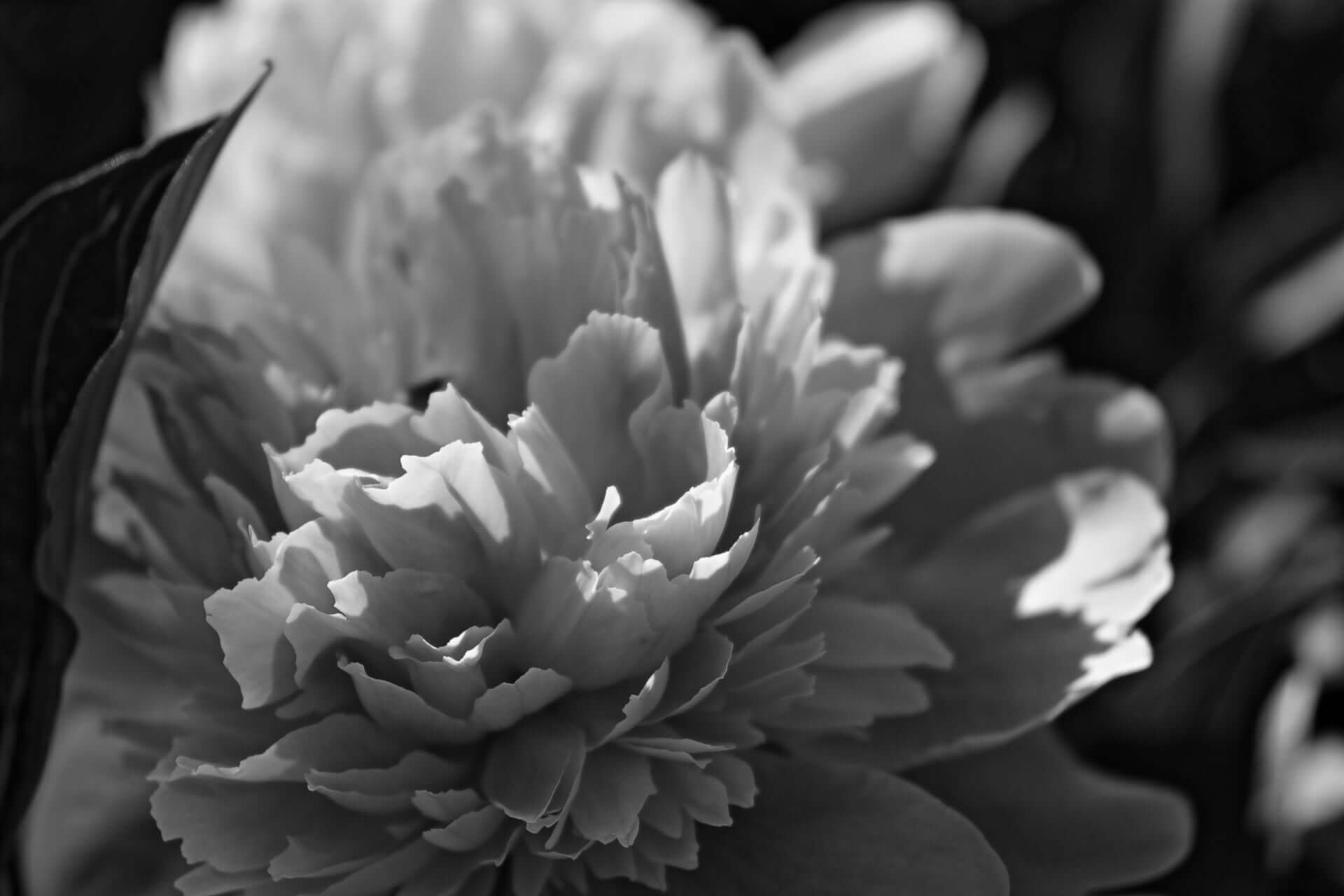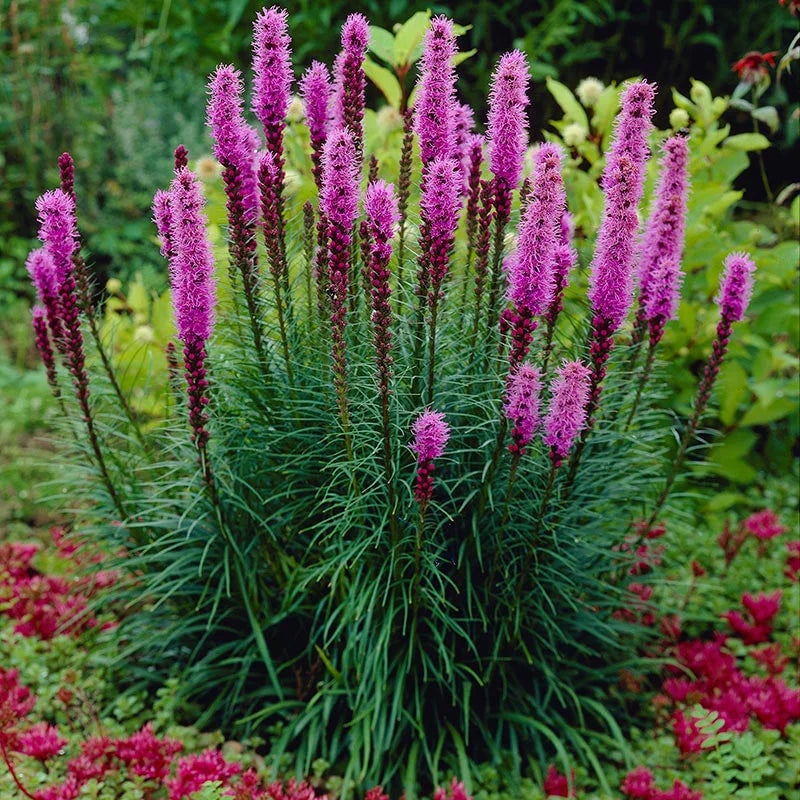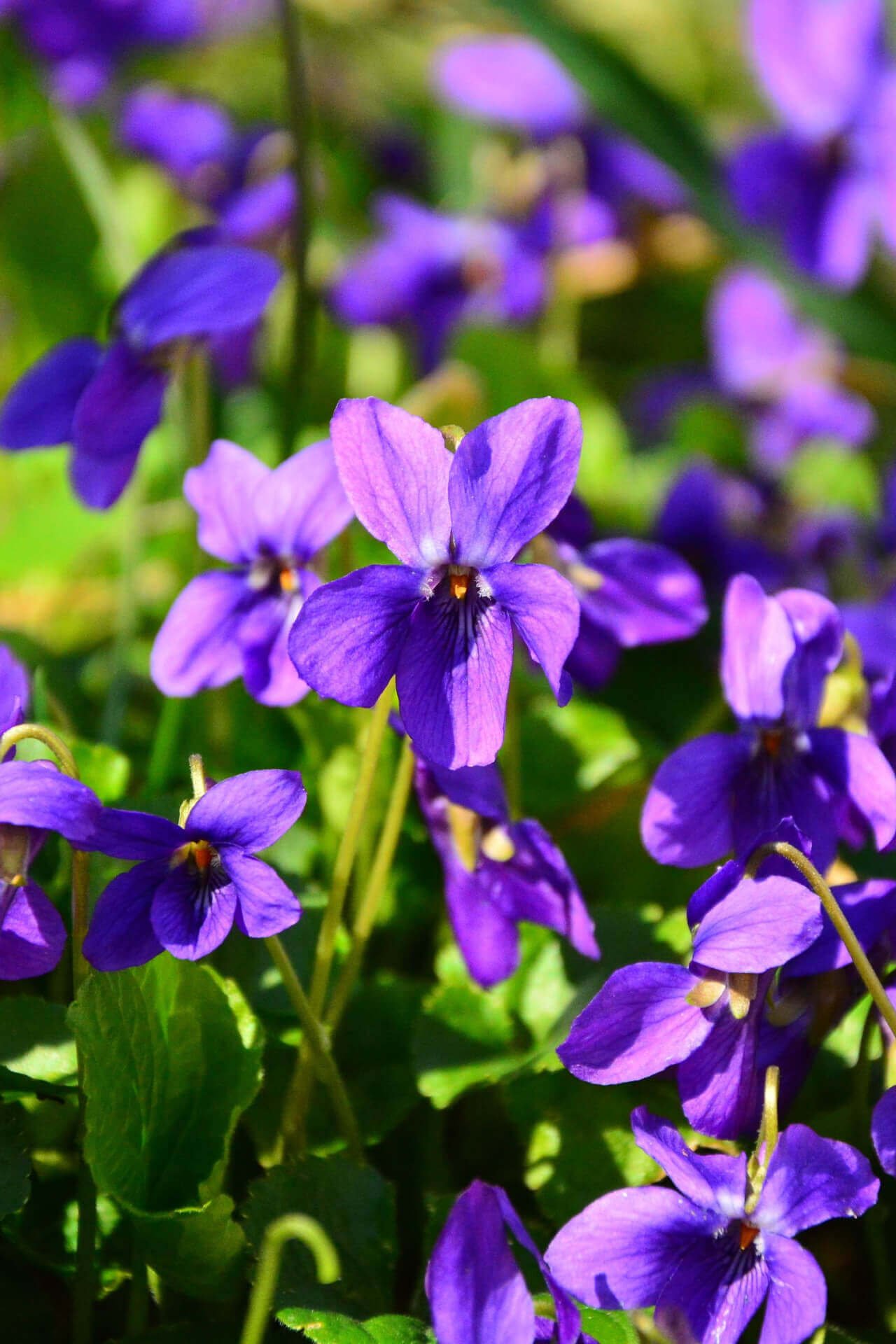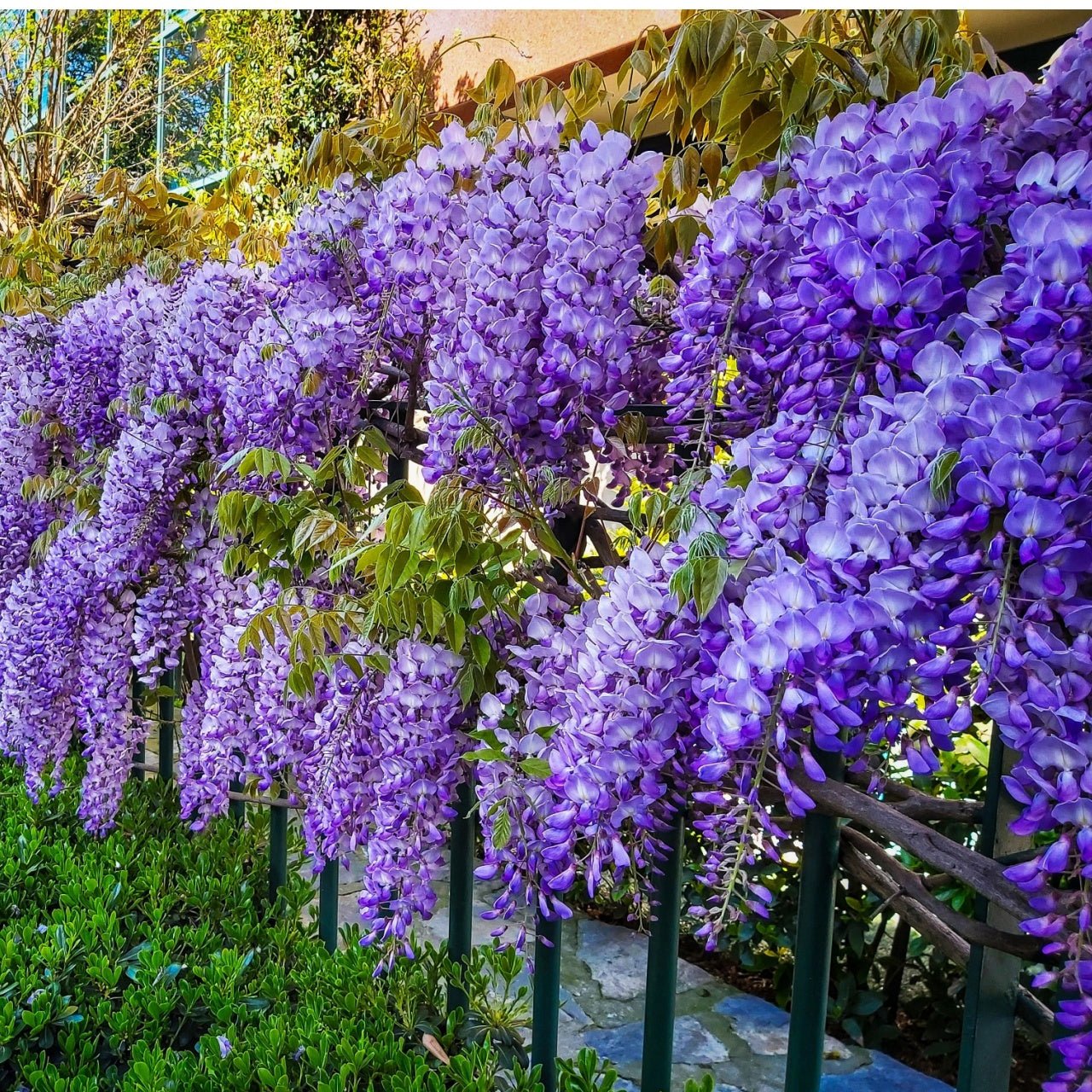The Sublime Allure of Monochromatic Gardens
These gardens attract viewers with understated elegance by applying one primary color to highlight different textures and forms. Focusing on a single color allows gardeners to create an environment that brings concentrated attention and a sense of calm. The simplicity of this design method transforms garden spaces into unique aesthetic experiences through either moonlit white blooms or serene green tapestries. Monochromatic gardening proves that a single-color palette does not limit artistic expression but presents complex design challenges that yield substantial rewards. The design enables a more detailed investigation into plant characteristics and scale while exploring tone beyond what mixed-color settings might reveal. These gardens transform into living pieces of art that draw observers to notice subtle details that may be overlooked in a garden with multiple flower colors.
The natural focus of monochromatic gardens makes them an ideal background setting for additional design components. A garden of white plants brings unity to patio spaces while emphasizing architectural details and artwork. The intentional placement of purple flowers creates an eye-catching focal point within a larger landscape by drawing the visitor's attention away from the surrounding elements. This exclusive focus on a single color promotes the incorporation of contrasting foliage and leaf forms, establishing a harmonious environment visible from any perspective. The word "monochromatic" implies sameness, yet different light effects and shades within one color prevent dullness by creating rich depth. An immersive experience emerges by integrating artistry and practicality that unites landscape expertise with design creativity./p>
The Intrigue of a Single-Color Scheme
A monochromatic garden stands out because it can express emotion and personality using only a limited color palette. Visitors experience a gentle presentation of complementary colors and textures instead of contrasting colors. A pink-focused garden creates a layered tapestry by blending pastel flowers with deep magenta petals and variegated leaves. Transitions between tones create soft shifts instead of stark differences, which helps maintain a peaceful and unified garden atmosphere. The eye transitions seamlessly from one plant to another while noticing cohesive design rather than separate elements. The unified design creates a tranquil atmosphere, enabling visitors to relax while experiencing seamless visual flow.
A single-color approach enhances the visibility of particular plants that would otherwise be eclipsed by bolder flowers in a mixed arrangement. Silver-toned foliage and lime-green grass become prominent when all plant colors adhere to shades of white and green. The unified background accentuates each plant's architectural features by drawing attention to their distinct heights, leaf shapes, and the structure of their blooms. Gardeners can create visual interest by using plant variations instead of multiple colors. The changes in texture and shape are the main points of interest that draw attention, similar to how artists employ shading variations in pencil works.

Developing a Cohesive Plant Palette
Creating a monochromatic garden begins with exploring all possible tints within the selected color. White gardens created by designers such as Vita Sackville-West feature a variety of shades, from flawless white blooms to creamy ivories and silvery leaves. In contrast to other schemes, a purple garden typically blends lavender, lilac, violet, and plum hues. A green-themed garden can include shrubs with lime tones and emerald ferns, while white or greenish flowers extend the thematic appearance. Gardeners who understand how different colors interact under various lighting conditions will be able to maintain their garden's appeal throughout the day.
The visual impact of monochromatic design depends significantly on texture. Large-leafed shrubs combined with feathery grasses produce visual contrasts when their foliage exhibits minor color variations within the same family. The size and structure of blooms play essential roles in creating diversity within the landscape. The combination of spiky blossoms with broad-petaled flowers and clusters of tiny buds creates a unified tapestry that shares one dominant color. The planning process must incorporate seasonal progression considerations. The garden transitions from early-spring bulbs matching the selected color to summer perennials and finally to species that bloom in the fall. The garden keeps its single-color theme throughout the year while introducing fresh points of interest as seasons progress.
Design Tips and Maintenance Considerations
A monochromatic garden requires the gardener to understand and merge distinct plant requirements while maintaining overall visual unity. The limited range of colors in a garden makes sparse or uneven areas visible, thus requiring thoughtful plant arrangement across different heights and careful attention to how shadows and light interact. Plants with height create a backdrop for shorter flowers, and climbing vines bring vertical elements to walls and trellises. The smooth transition between each garden layer helps create a unified appearance that supports monochromatic garden design.
Maintenance remains a crucial component throughout the entire process. Identifying weeds becomes easier when contrasting with a single-color scheme by standing out against the selected hues. Pests and diseases become more identifiable when they leave marks on blooms that share the same color. Proper watering and fertilization as part of vigilant maintenance help maintain garden vibrancy while keeping potential minor problems from affecting the overall design. The basic cultivation methods for monochromatic gardens are similar to those for diverse-colored gardens. However, gardeners develop sharper attention to detail and dedication to preservation when working with single-color design objectives.
The design of a monochromatic garden presents an elegant and controlled composition that highlights the variations possible within one color choice. Gardeners can explore structural contrasts, seasonal layering, and artistic expression without facing distractions from multiple colors competing for attention. Concentrating on a single-color family enhances the subtle variations that transform the garden into a sensory experience. How light interacts with various leaf surfaces and how petals become airborne from the wind attract visitor attention. The increased awareness leads to a profound appreciation for nature's beauty while showing us that simple color schemes can produce powerful visual and emotional effects.
Although the look of a monochromatic garden evolves slowly through weather changes and new plant additions, it maintains its essential character. Gardeners can modify plant arrangements while continuously using a single-color scheme as they investigate different plant types and forms. A gardener who dedicates careful thought and continuous maintenance to a monochromatic garden creates an expressive work of art that showcases nature's ability to provide wonder and enjoyment within established limits. This approach encourages gardeners to explore each plant's unique contributions, resulting in a harmonious and graceful design that resembles a cohesive tapestry.
Through their plant arrangements, monochromatic gardens create more than simple visual comfort. A singular color palette leads to the discovery of numerous structural, textural, and tonal nuances. Gardeners can create serene yet sophisticated spaces by choosing a color family and carefully coordinating plant height and bloom times while paying close attention to details. Intentional simplicity transforms into an exhilarating artistic expression for garden creation. Monochromatic gardens demonstrate how restraint and design collaboration create stunning natural beauty because they reveal unexpected diversity and fascination within a single color spectrum.
Read more
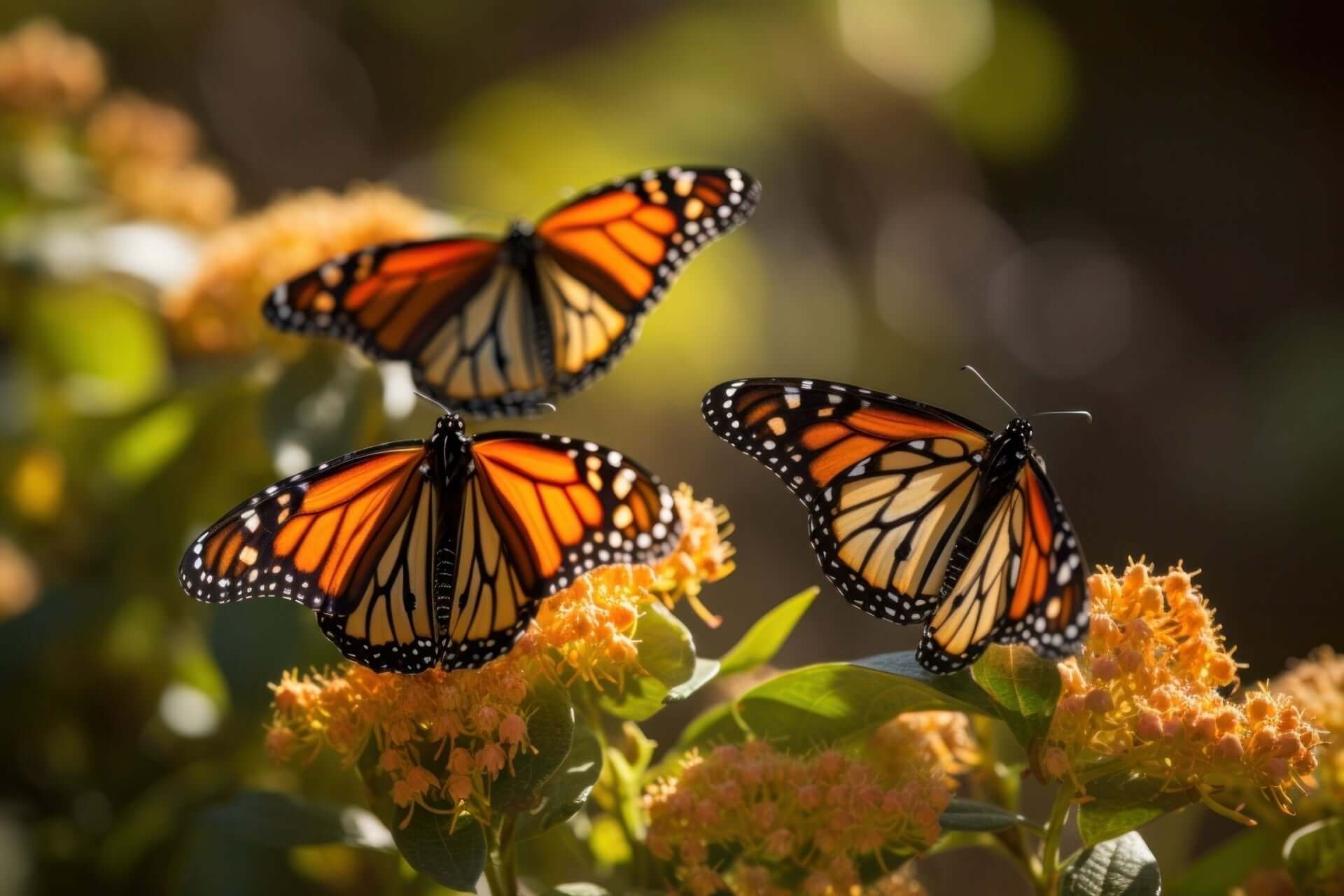
The creation of uninterrupted pathways supports the survival of a famous migratory butterfly species throughout its extensive migration. When communities restore essential habitats, insects are all...
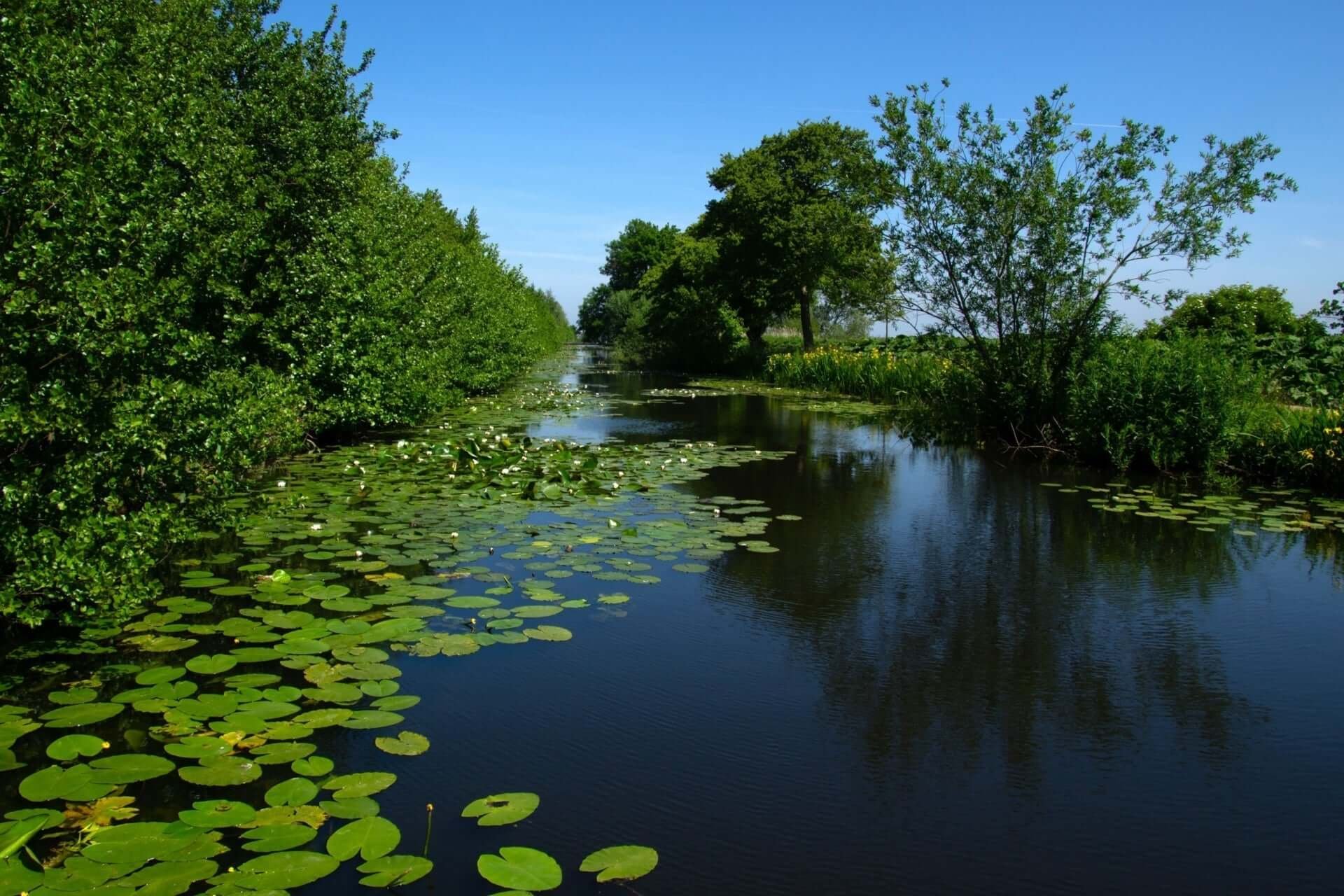
Retention ponds and wetlands handle runoff and lower pollutants through their emergent, floating, submerged, and shoreline zones, which require flood and drought-tolerant plants. As an emergent spe...


